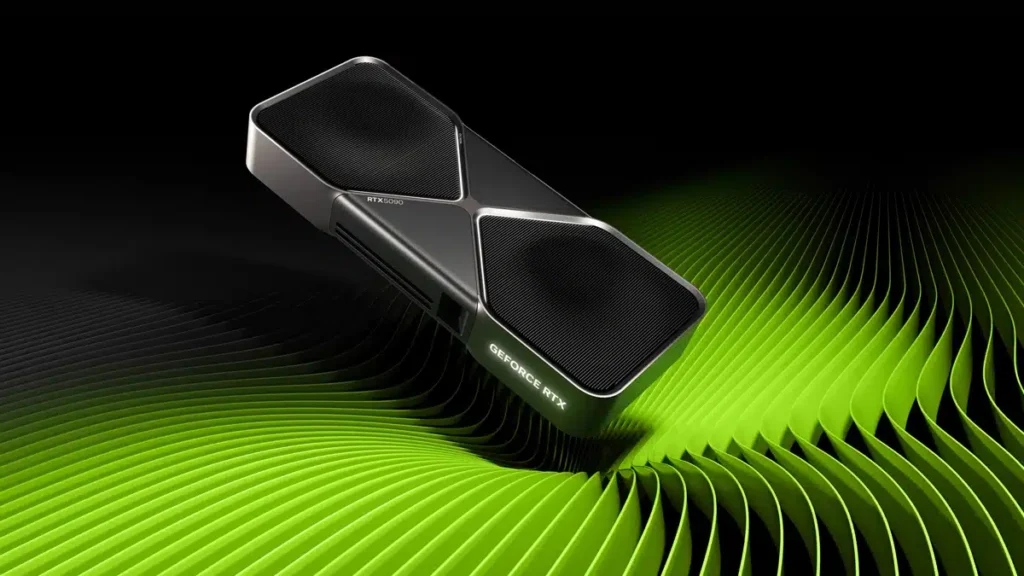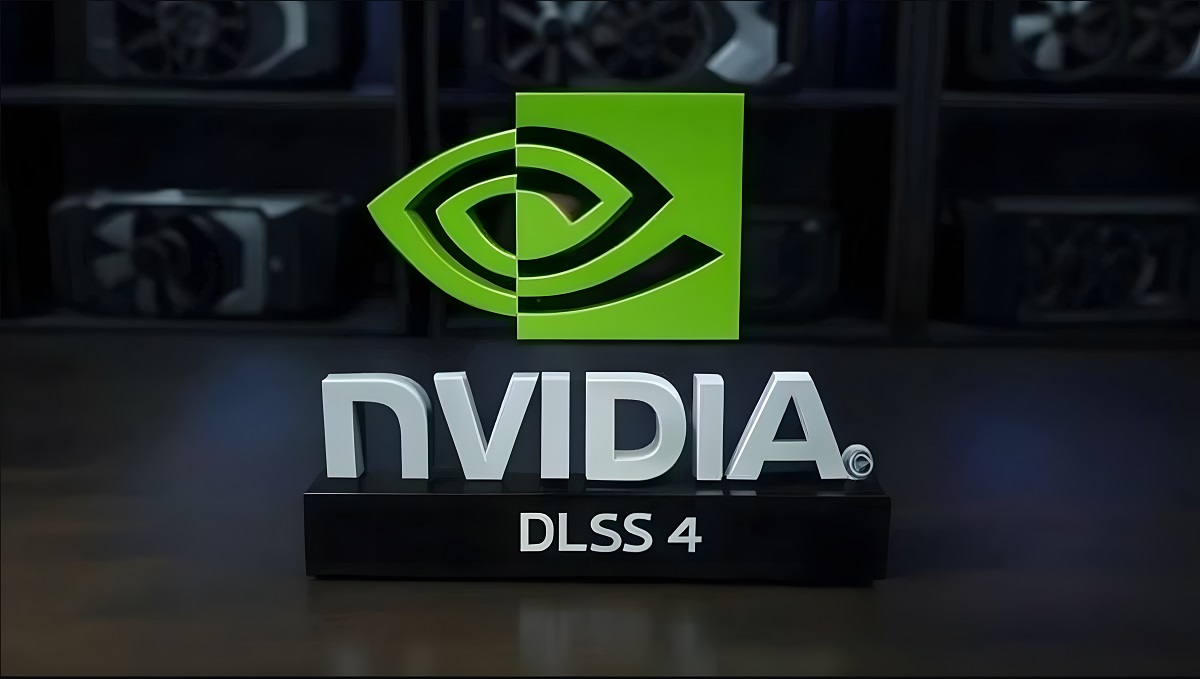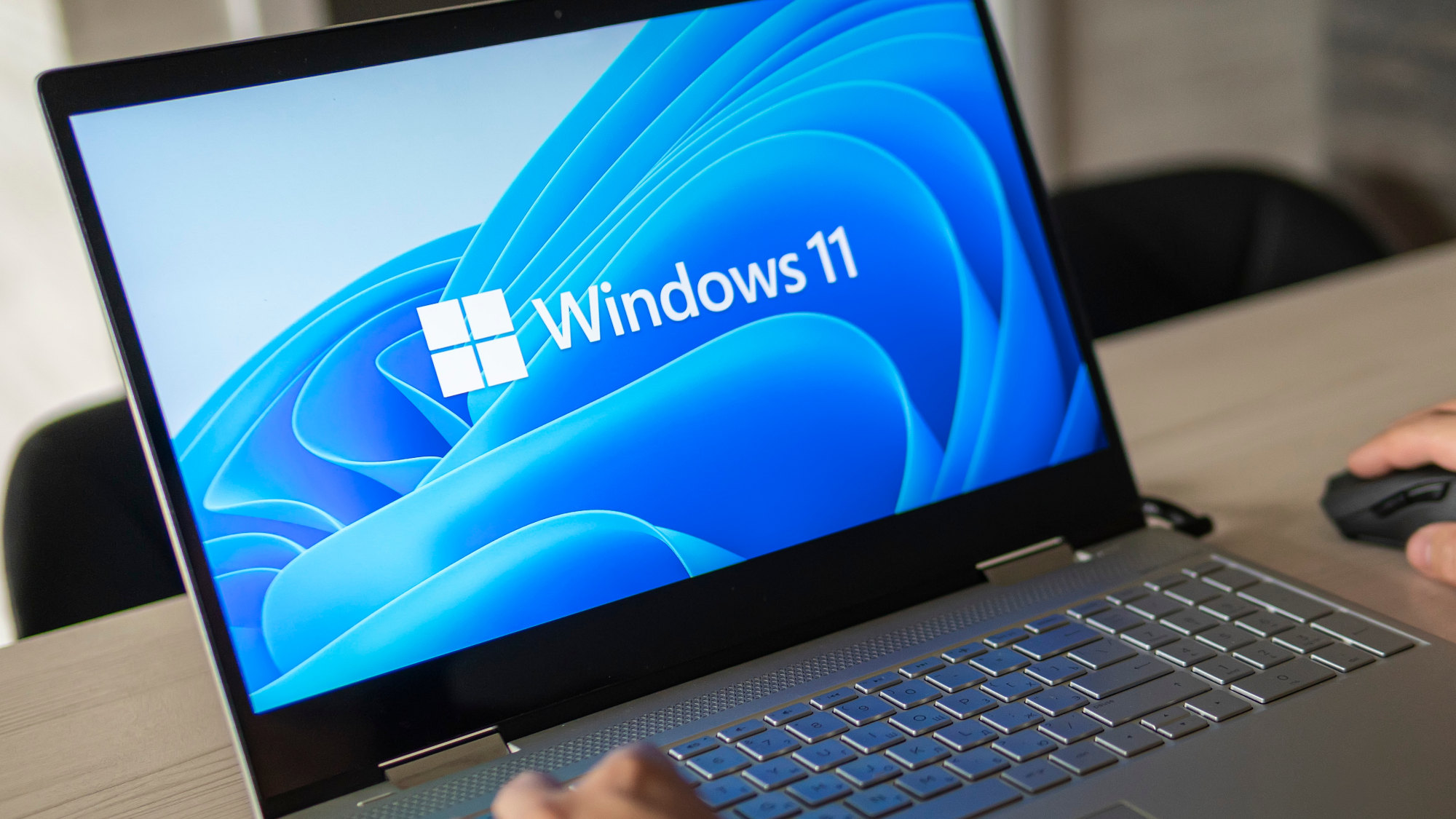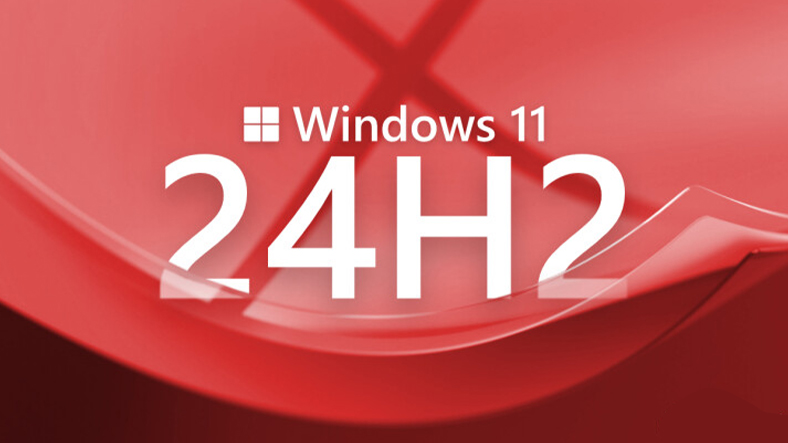
A new generation of Nvidia graphics cards has officially launched, and with it comes a hefty driver update packed with optimizations. While it’s no surprise that the latest RTX 50-series cards (including the RTX 5080 and RTX 5090) are the primary focus, what’s surprising is that these drivers don’t just target the newest GPUs. In fact, Nvidia has included performance boosts for older cards, dating back as far as the RTX 2080 from 2018.
In addition to a range of new features designed specifically for the RTX 40- and 50-series cards, Nvidia’s update includes enhanced ray reconstruction, super resolution, and deep learning anti-aliasing improvements for RTX 30-series and RTX 20-series cards as well. While Nvidia doesn’t explicitly call out these older models in its official blog post, performance tests show that the benefits of these updates extend to GPUs from previous generations. Some features, however, are still in beta and might need to be manually activated to take full advantage of the improvements.
The RTX 50-series cards, as expected, get the bulk of the new performance enhancements, particularly through the introduction of DLSS 4, which brings multi-frame generation. With up to four AI-generated frames in between traditionally rendered frames, this feature aims to boost frame rates significantly. It’s a flashy trick, though some gamers remain skeptical about the value of “fake frames” as a genuine performance upgrade.
For those considering the hefty investment in Nvidia’s new cards—if you can find one at all—it’s worth noting that Nvidia is still actively supporting older hardware, such as the RTX 2080, nearly seven years after its release. While the RTX 5090 is undoubtedly a powerhouse, the RTX 5080 is a bit less impressive, especially given the high price tag. Still, Nvidia’s ongoing support for legacy GPUs helps soften the blow of the current GPU market’s high prices.




